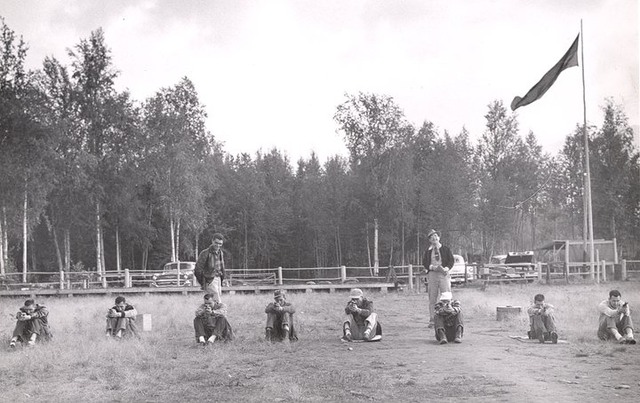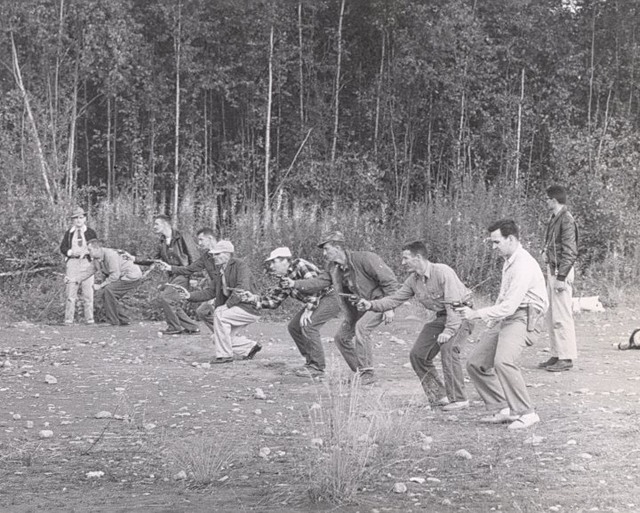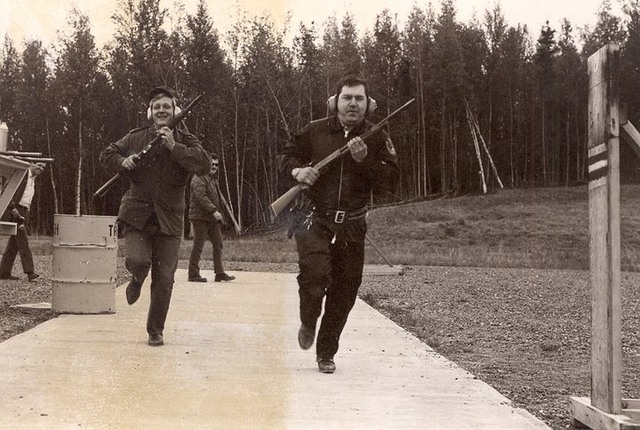One point I was trying to make in my last post was that, if you do most or all of your shooting using two hands, would you be more likely to use two hands in an "emergency," shall we call it? It doesn't follow that that would be either good or bad and it likewise doesn't follow that you would achieve a greater hit probability either, though it might help your chances. I imagine that you'll never know what you'll do until you go through it, no matter what you may think. At least when it's all over, you'll have a much better idea about such things, assuming you survive.
I have not done all of my shooting at an indoor range but that's where the bulk of it took place. What a difference shooting outdoors is! Suddenly distances seem astronomically long, the light is different, it isn't level and clear and that's not the end of it. Oh the other hand, an indoors range might simulate a lot of other shooting conditions rather better anyway, so it is a toss up. But you are inhibitied from moving around or even using another shooting position, sometimes. And unless you make an effort to do otherwise, you get used to the idea of having a table in front of you. What kind of bad habits do we develop at a range?



